

|
|

|
|
|
|
|
|
|
Butterflies of Cyprus - SATYRINAE |
|
A common endemic subspecies found in coastal areas and hill tracks. Usually on the wing from May to late October. See photograph below left. Note the strongly patterned underside hindwing which helps to separate resting specimens from the (smaller) female Pseudochazara anthelea. |
|
A paper describing the near-certain rediscovery of this species in Cyprus has been submitted to The Entomologist’s Gazette, a peer-reviewed journal (see John, E., Haines, D. H. & Haines, H. M., 2011). Prior to submission of this paper, a photograph (see below left) was examined by three leading lepidopterists from Europe / the Middle East, who agreed with the provisional determination of Chazara persephone. Accordingly, this has been accepted as an addition to the Cyprus list, subject to confirmation. Last reported in Cyprus (as Satyrus anthe) in the 1900s, Chazara persephone may have remained unseen in the northern forests, or have migrated from one of several nearby mainland countries in which the species is known to be present. |
|
Generally uncommon, with only one report from Cyprus of this species being seen in numbers, when approximately 30 were seen nectaring on globe thistle in the Pentadaktylos Mountains (Daniel & Hilary Haines). See photograph below. |
|
Cyprus Grayling (Hipparchia cypriensis) - male, nectaring on Limonium sinuatum, Pafos. Note the deeper orange forewing underside compared with Hipparchia syriaca below. |
|
The Hermit (Chazara briseis larnacana) female nectaring on Onopordum cyprium. Foinikas, May 2005. © Alison McArthur |
|
The endemic Cyprus Meadow Brown (Maniola cypricola) male nectaring on Cistus creticus. |
|
|
|
White-banded Grayling (Pseudochazara anthelea) male. Platres 1000 m. © Yiannis Christofides |
|
African Ringlet (Ypthima asterope), April 2006. |
|
Lattice Brown (Kirinia roxelana), nectaring on the globe thistle, Echinops spinosissimus, Pentadaktylos Mts 600 m. July 2006. |
|
Cyprus Meadow Brown (Maniola cypricola) female (L) & Oriental Meadow Brown (Hyponephele lupina) female (R). Note the twin eye-spots on H. lupina (female only) and the more deeply scalloped hindwings. Photos © Christodoulos Makris |
|
Large Wall Brown (Lasiommata maera) female (L) & Wall Brown (Lasiommata megera) female (R). Note the darker underside forewing markings on megera. Photos © Christodoulos Makris |
|
Speckled Wood (Pararge aegeria) male, Troodos Mountains 1600 m, June 1995 |
|
White-banded Grayling (Pseudochazara anthelea) female. Panagia 700 m. © Christodoulos Makris |
|
Eastern Rock Grayling (Hipparchia syriaca), in typical resting position on a tree trunk. Akamas, June 2010. © Bob Duckhouse |
|
Oriental Meadow Brown (Hyponephele lupina) female nectaring on Buddleia in a Platres garden. Note the more deeply serrated hindwing margin when compared with M. cypricola above and the glimpse of the second eye-spot on the forewing. |
|
Great Steppe Grayling / Dark Rockbrown (Chazara persephone) . An indistinct photograph, but one displaying clear characteristics of the species. Kantara, July 2010. © Hilary Haines |
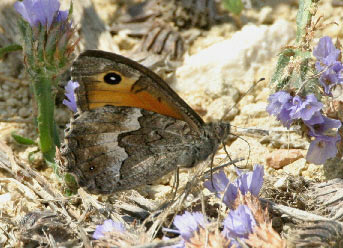
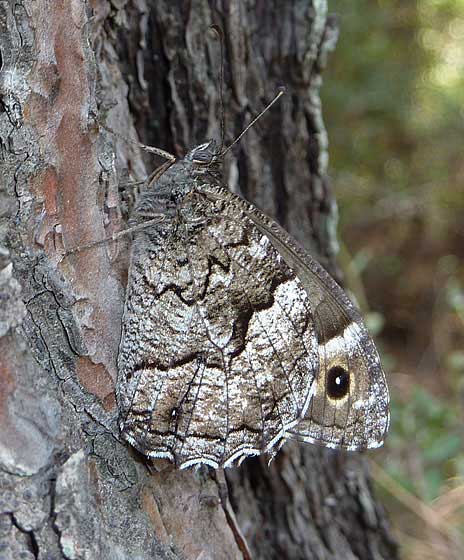



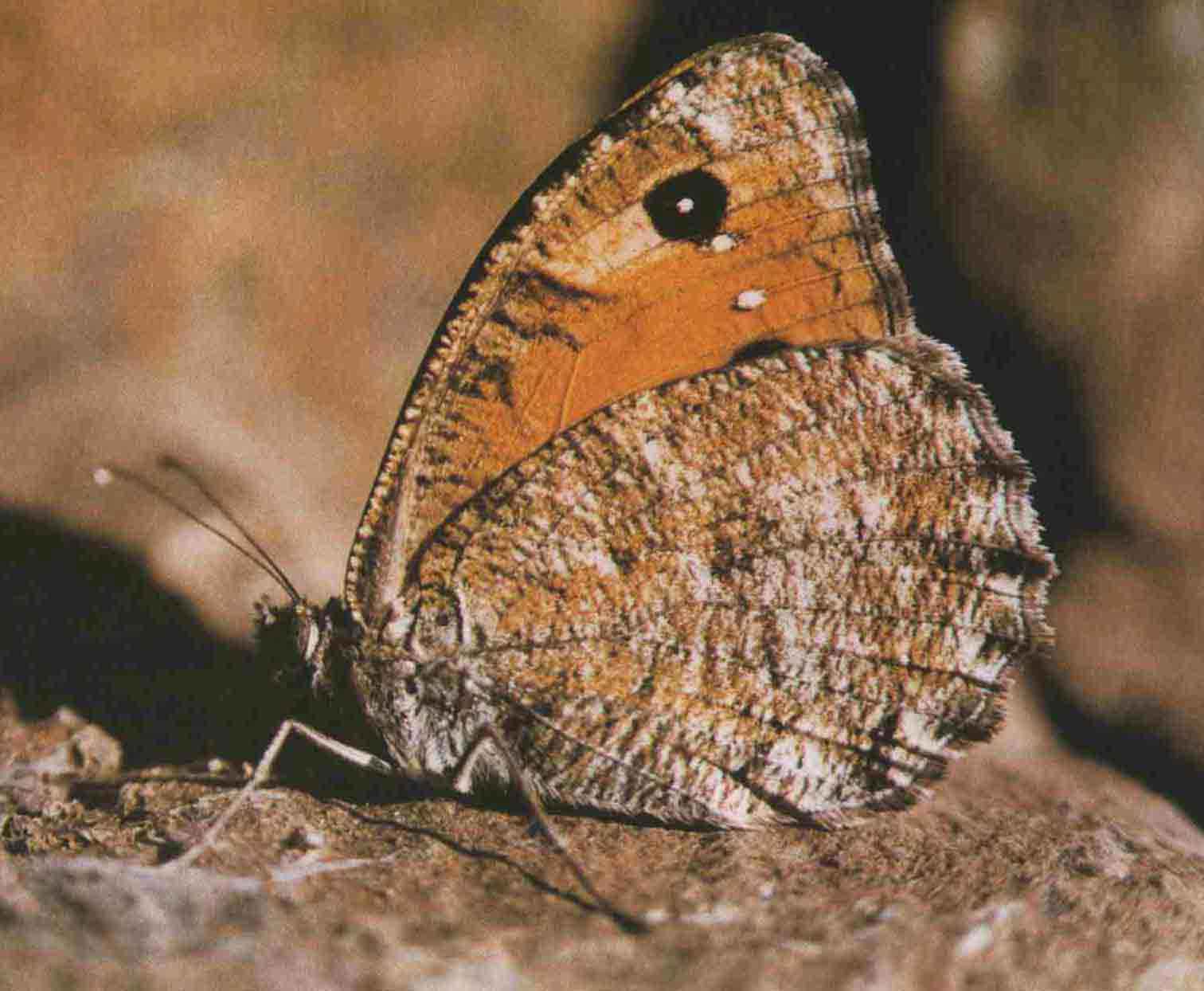
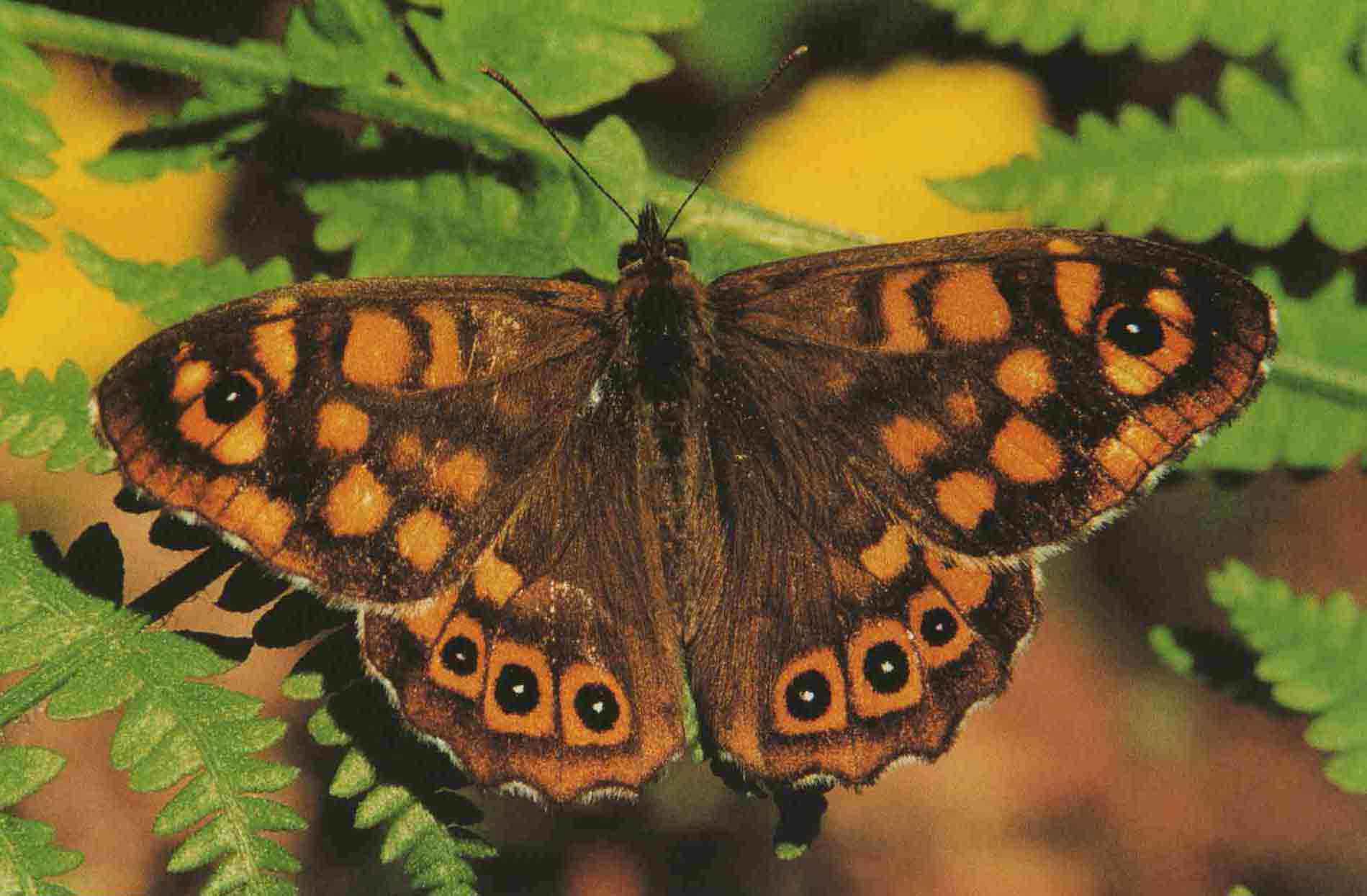
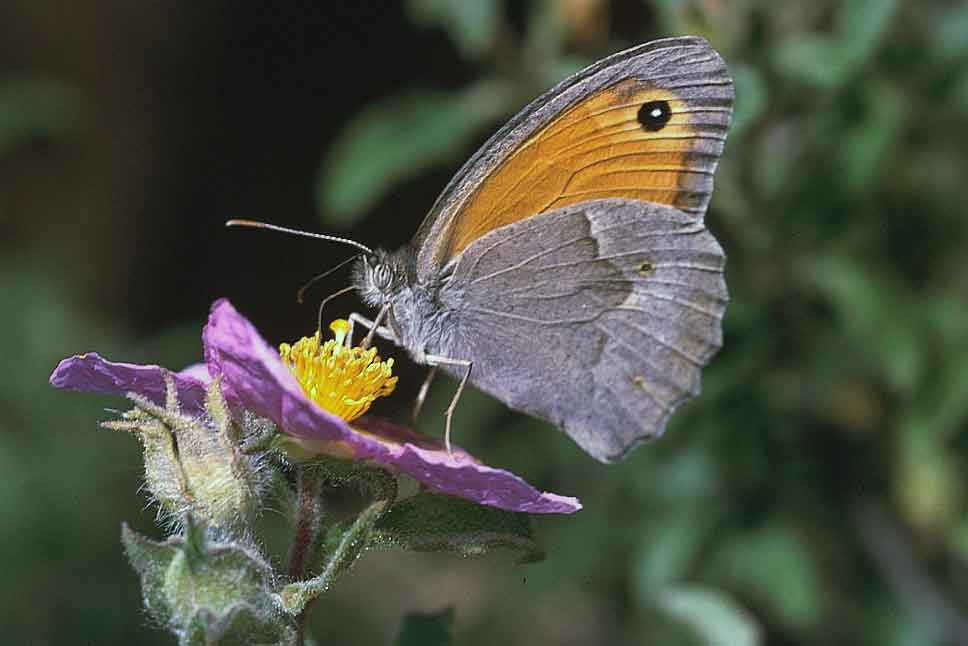

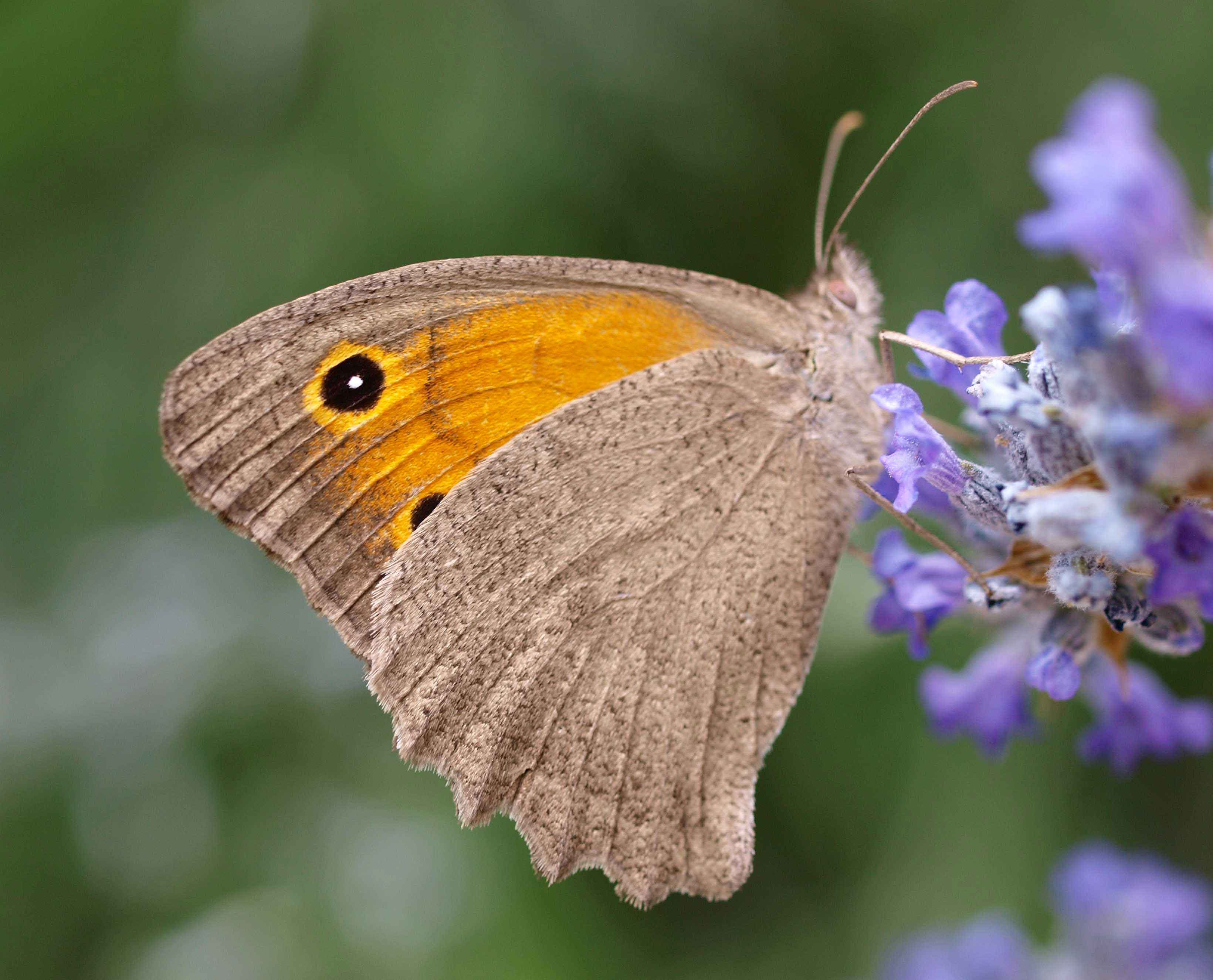

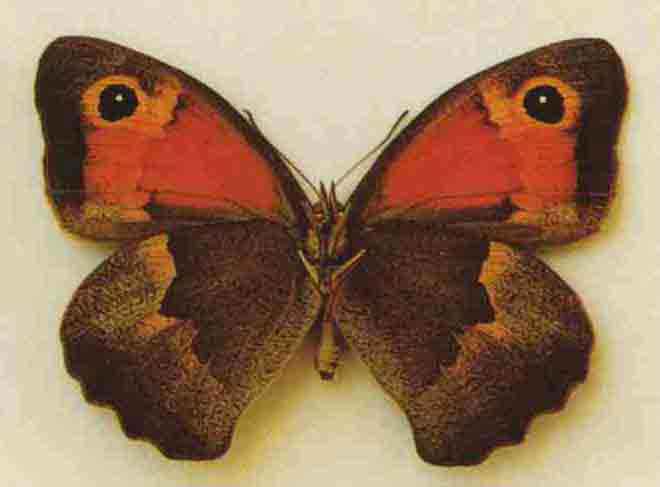
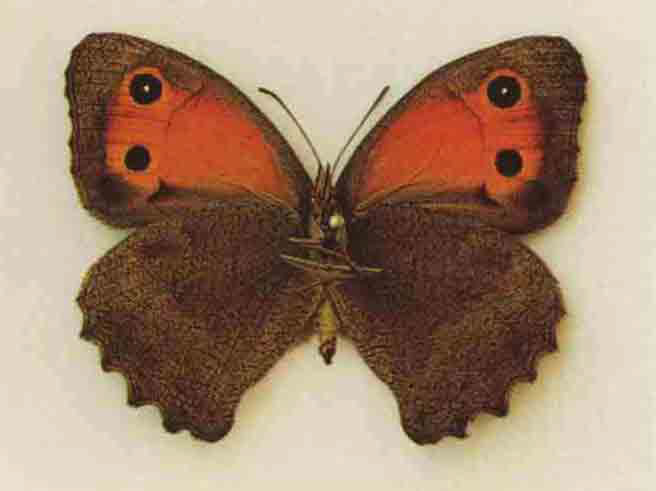
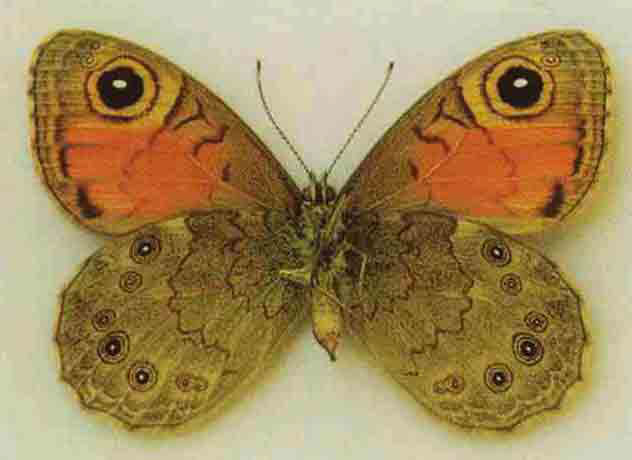

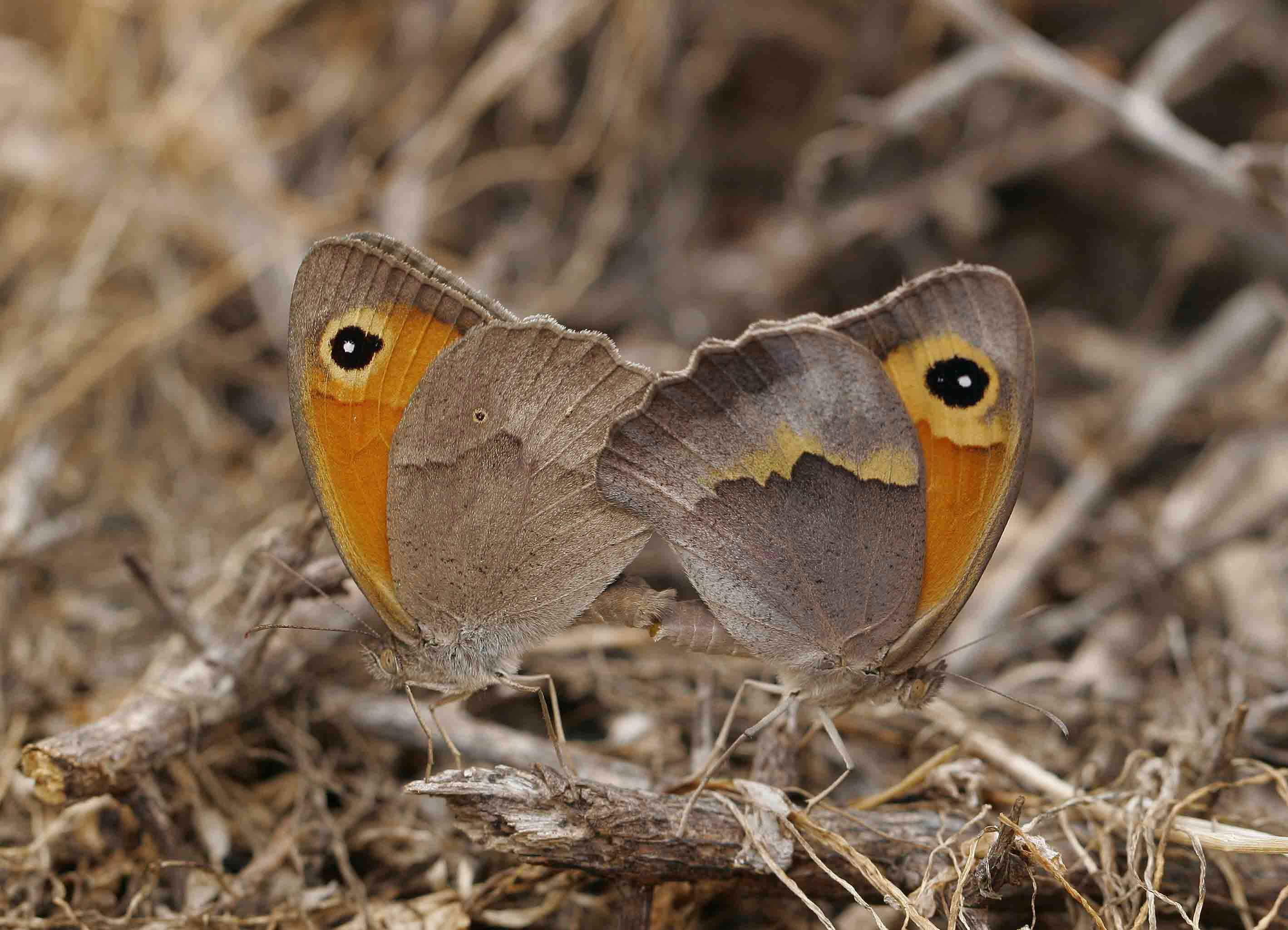
|
Cyprus Meadow Brown (Maniola cypricola) male left and the more heavily marked female on the right. |
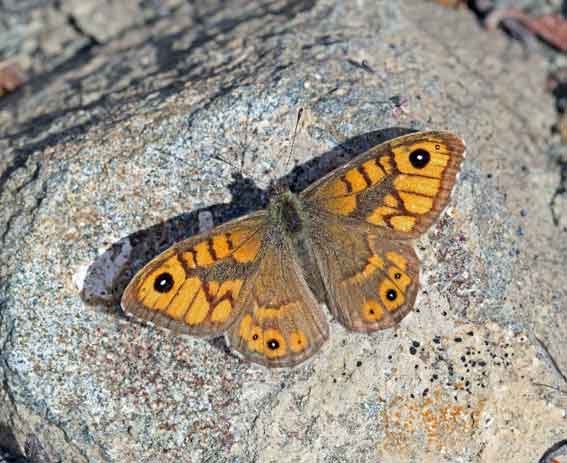
|
Wall Brown (Lasiommata megera) male. 3 May 2015. © Eddie John |

|
Large Wall Brown (Lasiommata maera) female. |

|
Large Wall Brown (Lasiommata maera) female. |